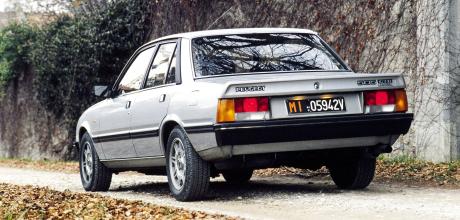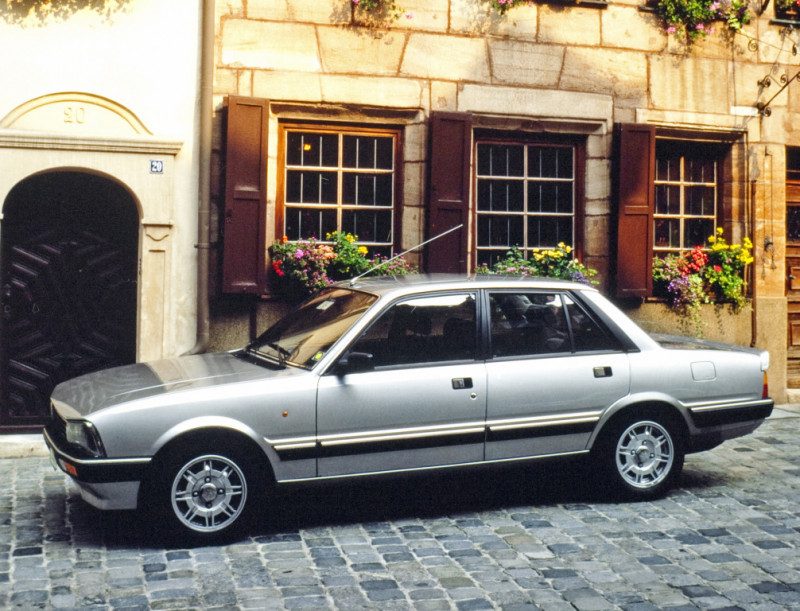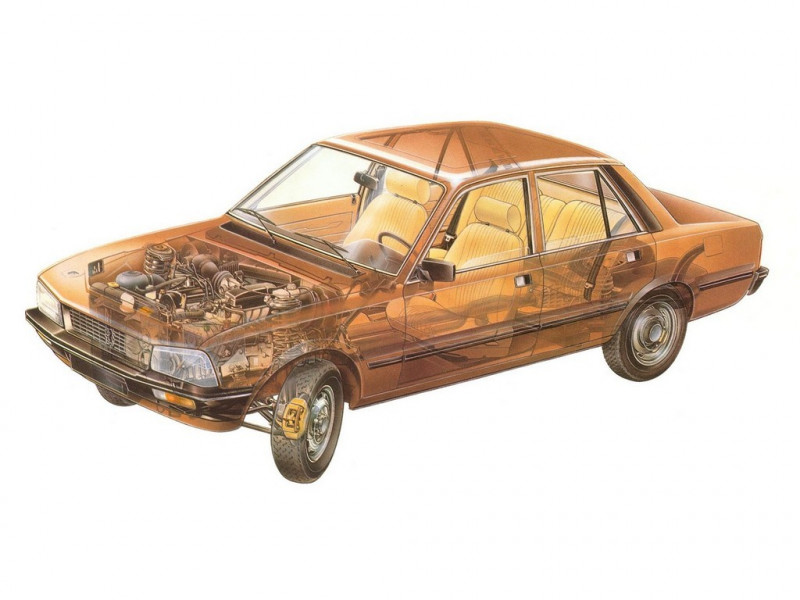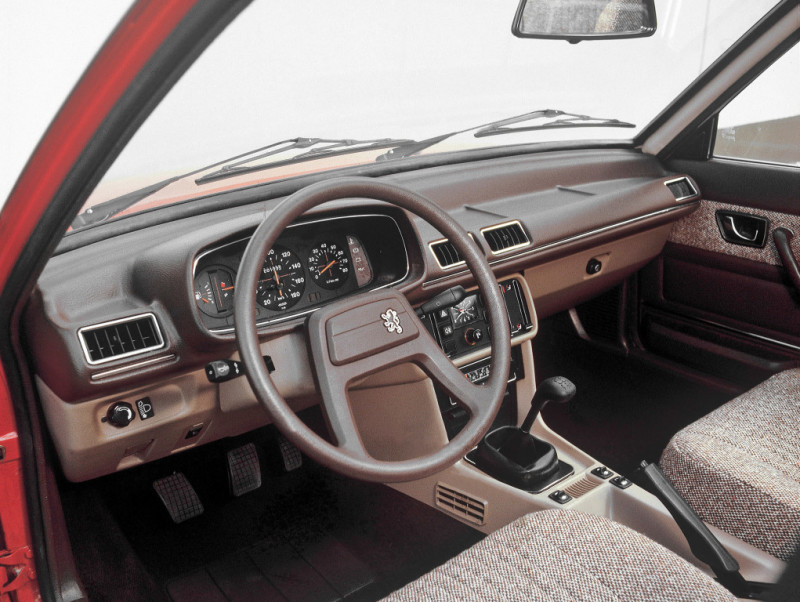Buying Guide Peugeot 505 1979-1986

As happened with several Peugeots, the style house of Pininfarina designed the 505. First came the SR and the STI. In 1983, the STI was upgraded to include central locking, electric windows all round, and a new console. As is so often the case, the twodoor coup. was by far the most attractive version, but this one was not officially imported to South Africa.
Gallic comfort
PACKAGING
Deep-pile cloth seat upholstery and well-padded cushions just added to the 505’s luxury feel. The spare wheel is carried in a cradle under the car, leading to a spacious boot with 430 litres of capacity. Also making an appearance in 1983 was extra instrumentation in the form of an economy meter and a digital clock. The familiar STOP light monitors oil pressure and coolant temperature and warns of possible dangers.

The SR had steel wheels and small hubcaps, whereas the STI had South African-made alloys. All were 14 inches until the GTI, on which 15-inch wheels were standard. Equipment on the last model included air conditioning, manual headlamp adjustment and a boot-mounted spoiler. The boot used gas struts, but the rather heavy bonnet did not. The only aspect that received some criticism was the sound levels; they were a bit high for a large vehicle and extra sound deadening would have helped.

POWERTRAIN
The 505 inherited its engine from the 504. This was the OHV pushrod 2,0-litre. Two versions were introduced: the SR was carburettor-fed with a twinchoke Solex, while the STI used the latest (at that time) Bosch K-Jetronic fuel injection and transistorised ignition. Power outputs were 71 and 78 kW, respectively. In 1984, a brand new SOHC engine with an aluminium head was fitted. It had a capacity of close to 2,2 litres and power increased to 95 kW. The Bosch injection switched from mechanical to the latest LE electronic version. Transmissions were 5-speed manual or 3-speed automatic. Rear-wheel drive was retained. The fifth ratio acted as a semi-overdrive and was changed from 4,11 to 1 to a taller 3,89 on the more powerful GTI.

SUSPENSION AND STEERING
Rack-and-pinion steering was used, with MacPherson front strut suspension and semitrailing links with coil springs for the rear. Ride and handling attributes are excellent, with lots of bump absorption without resulting in much body roll in the corners.
WHICH ONE TO GET
Assuming you cannot find the rare coup., the GTI would be the best bet, performance-wise; however, you may have less trouble sourcing spares for the older cars, which used the 504 engines. The GTI has the only engine that uses a timing belt. Remember to change it every 90 000 km or five years.

AVAILABILITY AND PRICES
In March 1986, the price listing for Peugeots was the last. The company – along with Renault and Alfa Romeo – had decided to leave the country in protest against apartheid. At the time, dealers were offering generous discounts to move stock quickly. I recall seeing some 505s on the showroom floor in Pretoria and Renault 11 models in Cape Town at tempting prices.
Very few 505s have survived to today and not many buyers are prepared to spend the cash necessary for maintenance and restoration. Prices will be low, unless you find one in wonderful condition.
INTERESTING FACTS
We conducted two 505 tests in 1981: the SR and the STI. It was surprising to see the carburettor-fed SR was a bit quicker to 100 km/h and slightly more frugal in economy. The SR was lighter and came without air-con. Our testers noted there was little change between the different versions. This may have been down to the mileage covered, possibly leading to a tighter engine in the STI. The GTI with the 2,2-litre, 16-valve engine improved acceleration times to 100 km/h by 4,3 seconds, standing at a rapid 10,9 seconds.
In 1981, our testers commented: “If pushed, the SR reaches 100 km/h in 14,5 seconds. This is moving, particularly when one considers the mass of nearly 1,2 tonnes.” Today, this time would be considered quite slow and the mass very low for a medium-to-large car.
01 Conventional three-box sedan shape, with a go-faster spoiler for good measure.
02 Carburettor soon gave way to Bosch fuel injection.
03 First two-models to arrive locally were the SR and the STi.
04 Spacious interior with plush upholstery.
Parts and info: peugeotforums.com clubpeugeotuk.org Facebook/Peugeot Owners Club of South Africa
SPOTTED IN THE CLASSIFIEDS
- Peugeot 505 STI 1985 blue, good condition, but needs some rear repair, R22 000
- Peugeot 505 STI AT 1985, blue/black, converted to carburettor, R16 500
TECHNICAL DATA
- Model: 505 STI 0–100 km/h: 15,2 seconds
- Top speed: 163 km/h
- Fuel index: 8,83 L/100 km (at 100 km/h)
- Price: R15 700
- CAR test: May 1983 (three others from 1981–1984)

